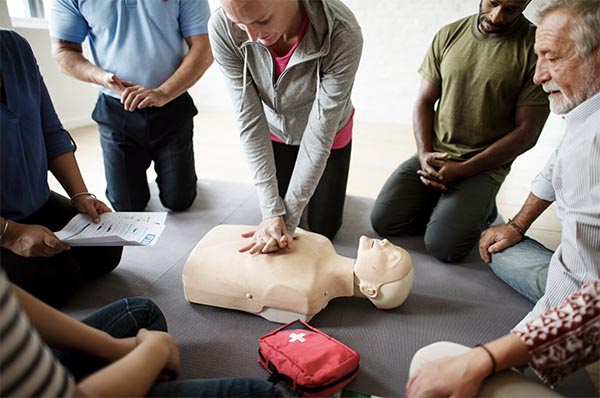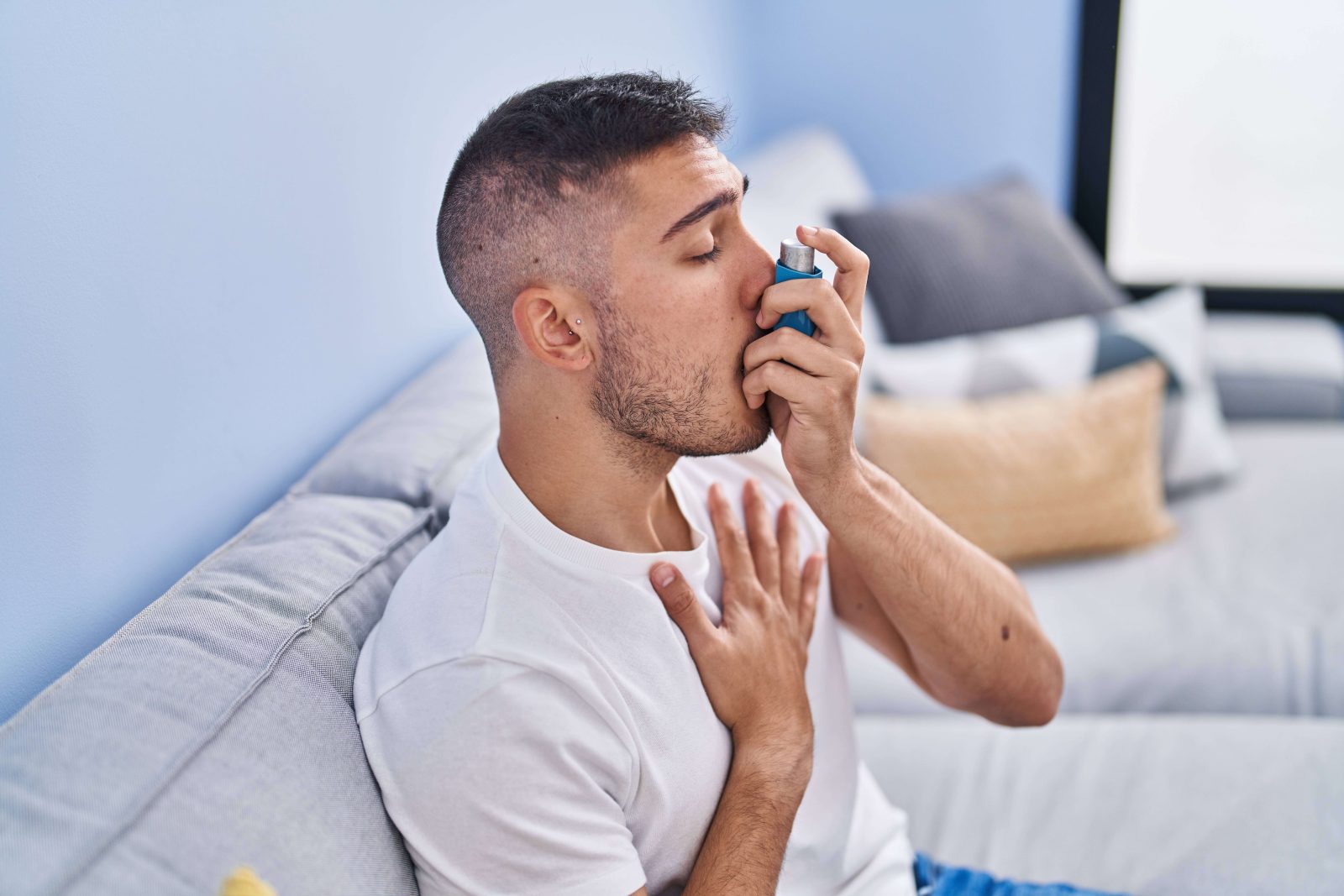
Allergic reactions can happen suddenly and range from mild to life-threatening. Understanding how to provide first aid in these situations can make a significant difference. This guide will walk you through the essential first aid steps for allergic reactions and anaphylaxis, a severe form of an allergic reaction.
An allergic reaction occurs when the immune system overreacts to a harmless substance, known as an allergen. These allergens can be found in foods, medications, insect stings, or even the environment.

Symptoms can vary depending on the severity of the reaction and the individual’s sensitivity to the allergen. Common symptoms include:
Anaphylaxis is a life-threatening allergic reaction that requires immediate medical attention. Symptoms of anaphylaxis may include:
Knowing the correct first aid steps can help you act quickly and effectively in case of an allergic reaction.
Quickly evaluate the person’s symptoms to determine whether they are experiencing a mild or severe allergic reaction. Look for signs of anaphylaxis and be ready to call emergency services if necessary.
If possible, try to remove or avoid further exposure to the allergen. For example, if the reaction is caused by food, stop eating immediately. In the case of an insect sting, remove the stinger by gently scraping it out with a flat object, such as a credit card.
For mild allergic reactions, over-the-counter antihistamines, like diphenhydramine (Benadryl), can help alleviate symptoms such as itching and hives. Ensure the affected individual is not allergic to the antihistamine itself.
Observe the person for any changes in their condition. If symptoms worsen or show signs of anaphylaxis, seek emergency medical help immediately.
Anaphylaxis requires immediate action, as it can be fatal within minutes. Follow these steps to provide first aid for anaphylaxis:
Dial emergency services immediately if you suspect anaphylaxis. Time is of the essence, and medical professionals need to be on their way as soon as possible.
If the person has a prescribed epinephrine auto-injector (such as an EpiPen), use it immediately. Follow these steps:
While waiting for medical help to arrive, keep the person lying down with their legs elevated to prevent shock. If they are vomiting or having trouble breathing, position them on their side to keep the airway clear.
Monitor the person’s condition. If symptoms do not improve within 5-15 minutes and emergency services have not yet arrived, administer a second dose of epinephrine if available.

Prevention is key to avoiding allergic reactions. Here are some tips:
Identify and avoid known allergens. Read food labels carefully and ask about ingredients when dining out. Inform others, such as schools or coworkers, about your allergies.
Consider wearing a medical alert bracelet that indicates your allergies. This can be crucial in emergencies when you may not be able to communicate effectively.
Always carry prescribed medications, such as antihistamines and an epinephrine auto-injector. Ensure that they are easily accessible in case of an emergency.
Educate family, friends, and colleagues about your allergies and what to do in case of an allergic reaction. The more people who know how to respond, the safer you will be.
Understanding and being prepared for allergic reactions and anaphylaxis can be life-saving. By knowing the symptoms, administering the right first aid, and taking preventive measures, you can manage allergic reactions effectively. Always remember that seeking professional medical help is essential in severe cases. Stay informed, stay prepared, and ensure the safety of yourself and those around you.
Don’t wait until an emergency happens! Equip yourself with the knowledge and skills to respond effectively to allergic reactions and other medical emergencies. Contact CPR Classes Near Me today to enroll in CPR and First Aid classes. Learn how to save lives and ensure the safety of those around you. Your preparedness can make all the difference!
Our primary goal is to ensure that you receive a top-quality CPR/First Aid certification. With our in-person training in Austin, you can learn CPR and BLS in just one class. Your presence is all that’s needed to continue with your lesson! During your session, you will complete all the live-training components necessary to ensure you receive your AHA Healthcare Provider certification card.
Our CPR Classes in Austin are discounted to $59.95 (saving you $20), and our CPR + First Aid Class is offered at $79.95 (also saving you $20). When looking for CPR Classes, ensure to check for the American Heart Association seal. Other sites might seem cheaper but frequently lack the official training credentials demanded by employers.
Upon successful completion of the course, you will obtain a CPR certification that is valid for two years. The AHA CPR certification is recognized with the highest acceptance rate among employers nationwide.
Indeed! Enroll in any CPR Certification Austin BLS course to extend your certification for an additional two years. The in-person BLS course and the Renewal Class are identical.
Anyone capable of completing the course independently should consider pursuing CPR training and CPR Certification. There is no minimum age restriction for obtaining a CPR certification in Austin through the American Heart Association (AHA)..
CPR training needs to be carried out in person to guarantee its effectiveness. Our experienced instructors offer an engaging and dynamic learning experience. Typically, employers do not recognize CPR certifications that are obtained solely through online courses.
All authorized American Heart Association training centers are obligated to display the entire video. After a three-hour session with CPR Classes Near Me Austin, your BLS CPR eCard will be promptly issued by the instructor on the same day!